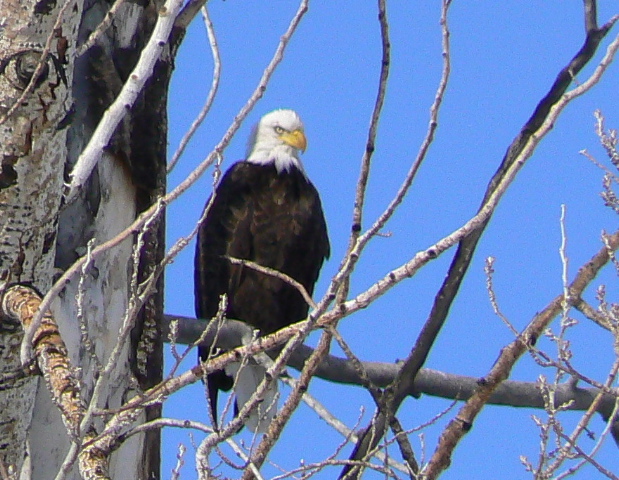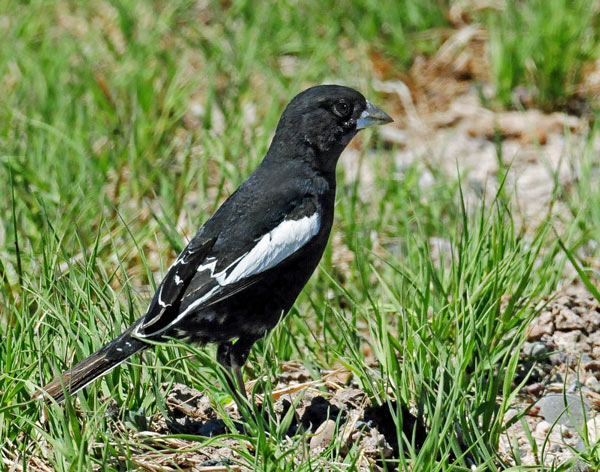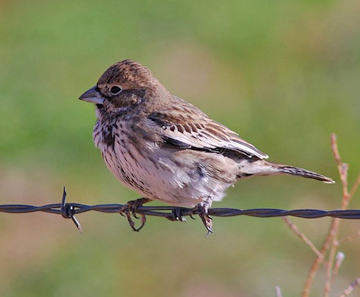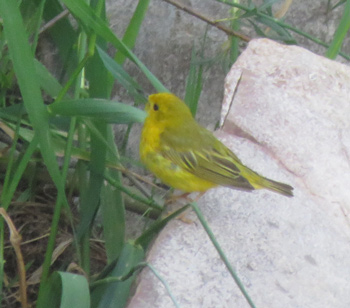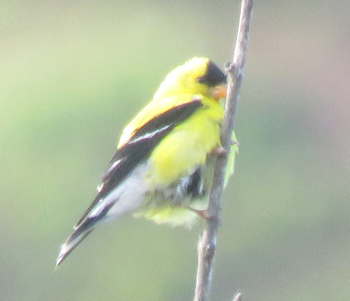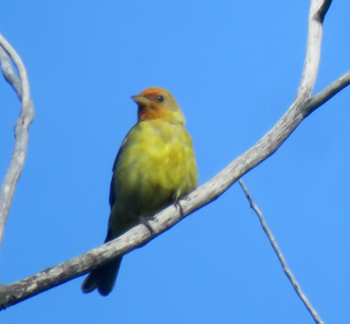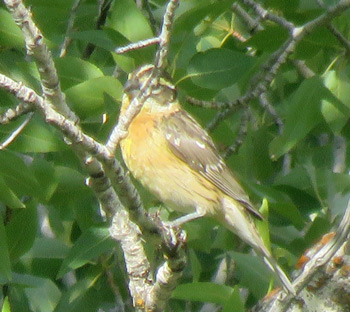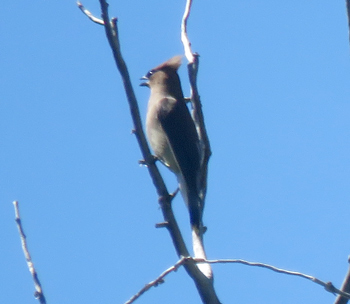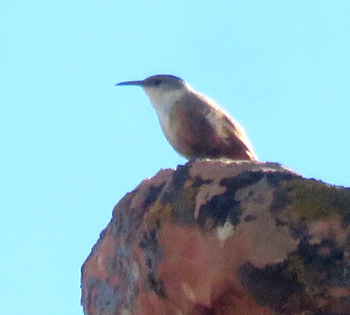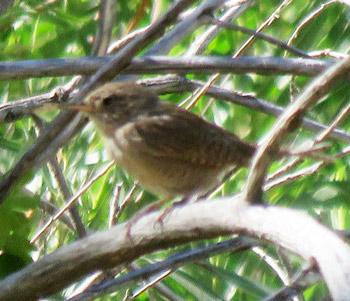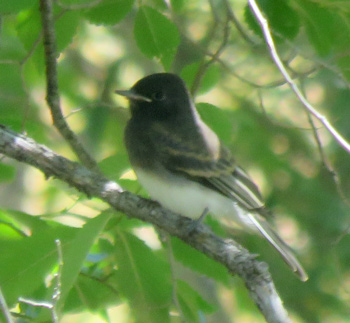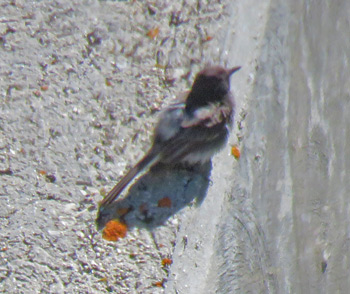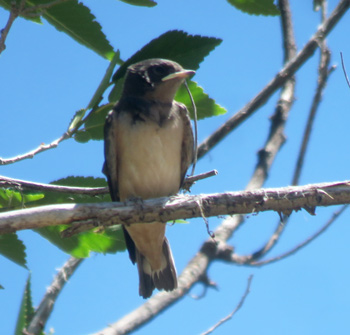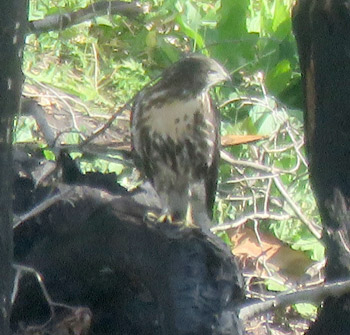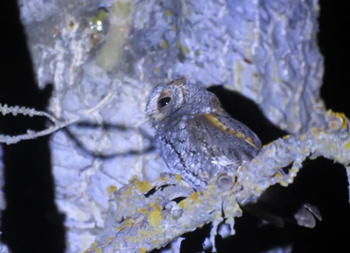|
|
|||||||||||||||||||||||||||||||||||||||||||||||||||||||||||||||||||||||||||||||||||||||||||||||||||||||||||||||||||||||||||||||||
Utah County Birders
Newsletter
|
|||||||||||||||||||||||||||||||||||||||||||||||||||||||||||||||||||||||||||||||||||||||||||||||||||||||||||||||||||||||||||||||||
 |
Contents
Monthly Meeting
Upcoming Field Trips
Captain's Log
Bird of the Month
Field Trip Reports
Printable Version
Our August meeting will be a potluck dinner on a
different night than usual on Thursday Aug 22nd at 7pm at South Fork Park up
Provo Canyon. Bring a food item to share.
We have reserved Pavilion #2 at South Fork Park. Hope to see you all there!
The address is: 4988 N South Fork RD, Provo, UT 84601
Directions: Take US-189 up Provo Canyon. The turnoff for South Fork is
5.8 miles from the mouth of the canyon on the right. Once you turn right, you
will cross the railroad tracks and pass a small park and pond. South Fork park
is 1.7 miles up South Fork road on the right. Park along the guard rail and we
will be in pavilion 2.
MIRROR LAKE HWY field trip
Friday August 23, 2019 6:30 am.
Meet at Harmons grocery store in Orem on 800 N on the west side of the gas pumps. Pack a lunch. If you have a National Park pass (America the Beautiful pass or a Senior Pass) please bring it. There is a fee to enter.
|
Utah County Birders
Captainís Log - August 2019 by Keeli Marvel |
|
| Hola
birders! Hope youíre keeping cool out there and heading up high for the
birds and some heat relief. My article is going to be short this month as
Iím up bat trapping in the Uinta Mountains near the WY border |
|
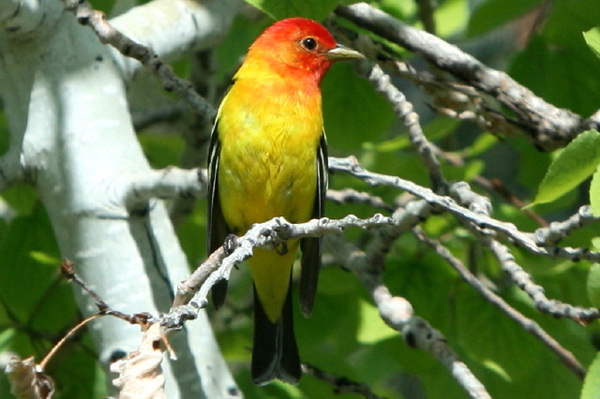 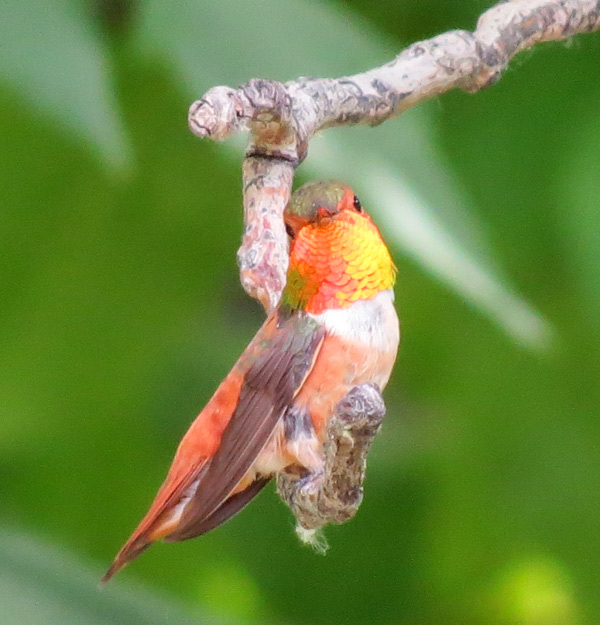 |
|
|
Western Tanager |
Rufous Humminigbird |
|
|
|
|
|
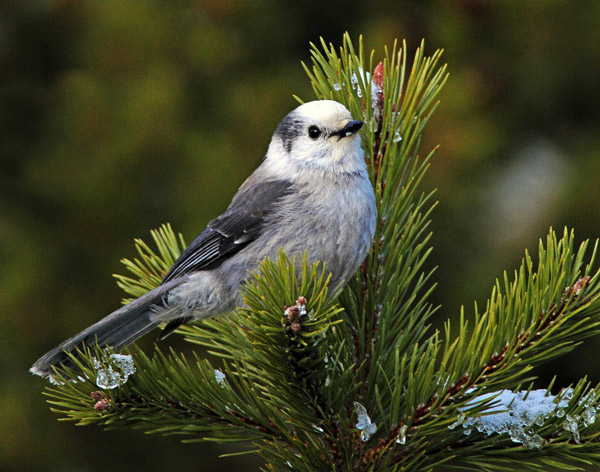 Canada Jay by Paul Higgins |
| A Bald Eagle was perched by Hoop Lake and halfway through the morning a flock of Canada Jays buzzed our camp site. Weíll be heading up into the Uintas later this month for a club field trip and Canada Jays are target birds on our list so I hope you all can make it! Also, our end of summer potluck has been moved to the 22nd and we have a pavilion reserved at South Fork so I hope to see you all there! In the meantime stay cool and... Happy Birding! Keeli Marvel |
|
|
Lark Bunting
(Calamospiza melanocorys)
by Machelle Johnson It seems like there were a lot of Lark Bunting sightings in Utah earlier this year, or maybe because we had a couple locally it seemed like there were a lot to me, not sure which. The Utah bird checklist says they are "rare in summer, primarily in northern Utah". I was excited to see my first Lark Bunting at the Provo Airport Dike on the west road along the first fence, before the tower. I was hoping to see the Bobolinks that Suzi had seen there the day before so I was focusing on black birds anyway. The bunting was on the road ahead of me, acting differently than a Starling or even a Brewers blackbird so I got my bino's on it and was surprised to see something I'd never seen before. My friend and I had been to Antelope Island just the weekend before hoping to see the ones that were being seen there but we were skunked.
The Lark
Bunting is in the Sparrow family, not the Lark family or the Bunting family.
The 'lark' part of its name comes from its song flight. In courtship, the
male rapidly flies up to 20-30 feet above the ground, then floats or
flutters back to the ground on outstretched wings, while singing. This is
similar to the displays of some Eurasian lark species (especially the
Eurasian Skylark), and is the reason the buntings have "lark" in their
common name." It's worth listening to on your birding app or a
website.
In breeding
plumage, males are unmistakable, an all-black body, a bluish bill, and a
long white patch along the lower edge of the wing. Non-breeding males,
females, and immature are grayish brown above, pale and heavily streaked
below. They breed in dry, open, short-grass prairie, grasslands, and
agricultural lands. They feed on seeds, invertebrates, and some fruits. In
pursuit of insects, Lark Buntings are agile and versatile predators,
stalking, then chasing down on foot, pursuing them in flight, and gleaning
them from vegetation. They nest on the ground, normally in a small
depression at the base of a shrub, cactus, or large grass clump that will
provide cover and shade. Both male and female build the nest and feed the
young, and the young probably leave the nest about 9 days after hatching.
|
|||||||
|
|
|||||||
|
|
|||||||
|
20 July 2019
Diamond Fork
Canyon
|
|||||||
| We had 9 birders show up for the field trip this morning bright and early at 7 am. Our first stop was the pond at the mouth of the canyon. We saw Brewer's and Red-winged Blackbirds, a ton of Barn Swallows, Cliff Swallows and Violet-green Swallows, Yellow Warblers, American Goldfinch, Mallards, Northern Shoveler and a Ruddy Duck. | |||||||
|
|
|
||||||
|
A little ways up the road we saw quite a few Mountain
Blubirds on the road, Lazuli Buntings, more Yellow warblers,
heard a Western Wood Pewee. We also saw a Belted Kingfisher
along the river at the big corner.
At the campground we found 6 Gray Catbirds, tons more Yellow Warblers, a Fox Sparrow, many Song Sparrows, Lesser Goldfinch, Warbling Vireos and more swallows! |
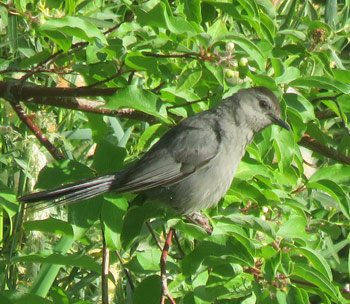 Gray Catbird |
||||||
|
|
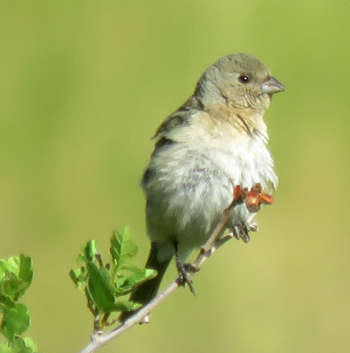 Female Lazuli Bunting |
||||||
|
We drove up Juan Roads Rd again and saw Western Tanager, Lazuli bunting, Black-headed Grosbeak, Red-naped Sapsuckers, Downy Woodpecker, heard a Cedar Waxwing and a Blue-gray Gnatcatcher, Wild Turkey, Plumbeous Vireo, and a Flicker. |
|||||||
|
|
|
||||||
| Our next stop was Red Ledges we saw a Canyon Wren, lots more swallows, two White-throated Swifts, and four cute House Wrens. | |||||||
|
|
|
||||||
| From there we went straight to Sawmill Hollow. We found more catbirds, Pine Siskin, Warbling Vireo, Cedar Waxwings, Turkey Vultures, Woodhouse's Scrub jay and Robins. We stopped on the way back down at the pond but didn't find any new species. | |||||||
|
|
|
||||||
|
|
|
||||||
|
From there we crossed the road to the Spanish Fork River
Park to see the Black Phoebe. There were 2, could one be a
juvenile!!!! Also lots of Cliff Swallows, a few more Lazuli
Buntings, a pair of Bullock's Orioles and a Red-tailed Hawk.
|
|||||||
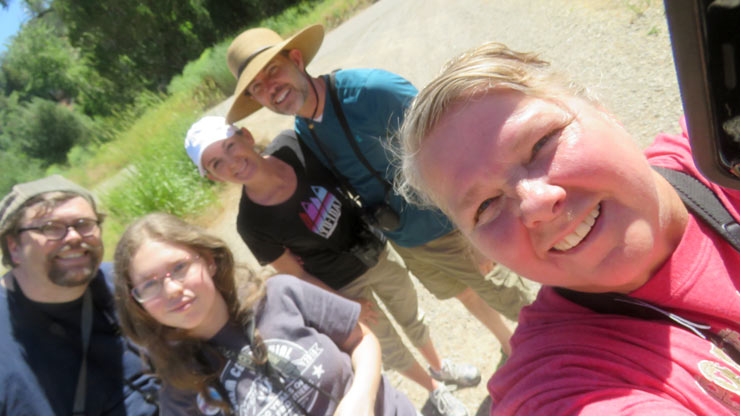 |
|||||||
|
11 July 2019
Owling Field
trip - Nebo Scenic Loop |
|||||||
|
|
|||||||
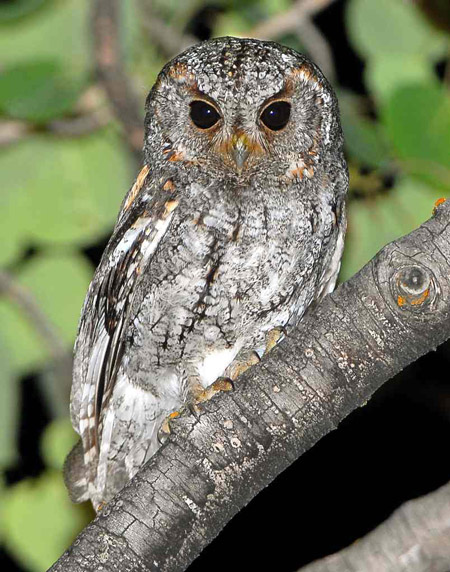 |
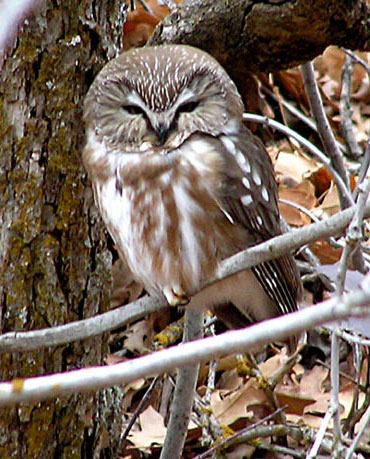 |
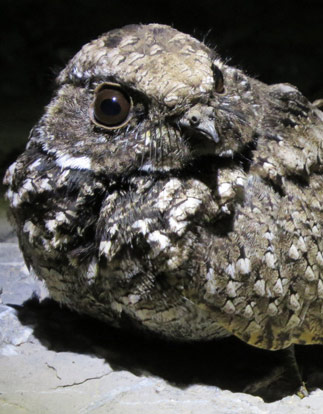 |
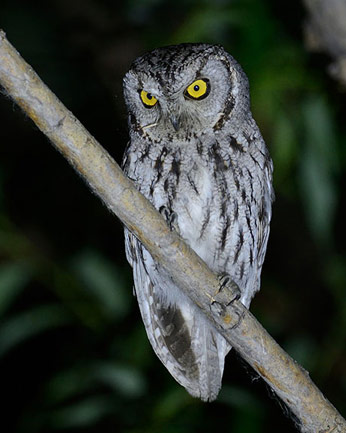 |
||||
|
Flammulated
Owl |
Northern
Saw-whet
Owl |
Common
Poorwill |
Western
Screech-Owl |
||||
|
Thirteen night owls headed out at 9:30.pm up the canyon. At the Blackhawk turn off we started calling Flammulated Owls and Northern Saw-whet...the only thing we could hear was a boombox from campers close by. Down the road we went. We stopped at another favorite spot...not just one but two generators were "not" the most welcome sound. The next spot has been a reliable spot for both mountain owls... it was dead quiet!!! I found myself a little discouraged. The next stop the wind had picked up, but over the
wind we could hear a Flammie!!! Around the corner I noticed
there was no wind so we stopped. Success again but only within hearing
distance... another no show! Stinkers! Down the road we went. The next stop
we heard a Northern Saw-whet!!! It barked and let us know we were in
its territory! He tooted for a bit but another no show. We stopped at the
Common Poorwill spot and heard two calling. I saved the best for last.
We enjoyed the begging calls of at least 3 Western Screech Owls. We
saw two of them clumsily walking up a branch and haphazardly flying through
the maples. |
|||||||
